Boniface of Mainz
A.D. 675–754
As missionary to the Germans, he boldly confessed Christ as Lord and paved the way for Christianity to spread through Europe and beyond.
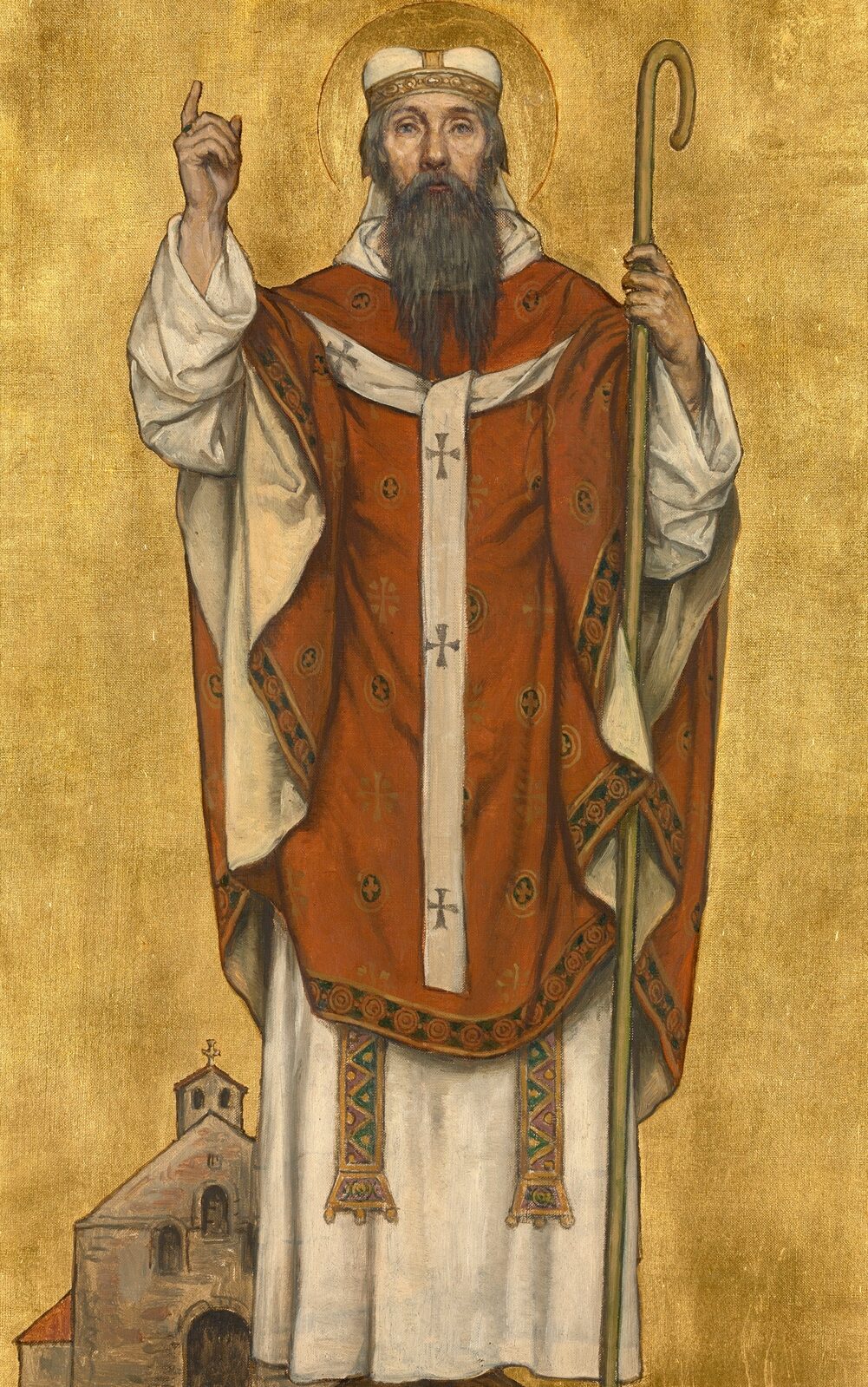
In this series, Lutheran historian Molly Lackey will trace the history of the church, from the time of the apostles through the twentieth century. As the Body of Christ, our history transcends time, country and citizenship: “God’s Word is our great heritage.”
Imagine you are a newly-baptized German Christian, rambling around on your daily forest errands. Maybe you’ve got some clothing to wash in the river, or you’re on the hunt for some ripe blackberries, when you overhear voices — shouting, actually — and they don’t sound happy. You head toward the noise and see a group of people around Donar’s Oak, the sacred tree you used to make sacrifices to before the Christian missionaries showed up. You haven’t been back since you were baptized — but some of your friends have, and the whole thing makes you a bit uneasy. The missionary who baptized you is arguing with the local augurs and wise men, who are gathered to perform rituals in honor of the thunder god. The missionary — wasn’t his name Boniface? — turns toward the tree, and a light glints off something in his hands: an axe. Swish — crrraack! Swish — crrrraacckk! The sound of the axe piercing the sacred tree is even louder than the curses the men are raining down on this Christian preacher. What’s going to happen to him — and the tree — and your newfound religion — and you?
Bringing the Gospel to a pagan Europe
Long before cathedrals and church spires dominated the horizons of Europe, the areas that would become England, France and Germany were no-man’s-lands as far as Christianity was concerned. While we may think of Europe as the historic heartland of Christianity, and Germany as the birthplace of our Lutheran church, it’s worth remembering that these places were first mission fields, full of people who had never heard of, and were often antagonistic toward, Jesus and His Gospel message. It was while central Europe was still steeped in folk religion and indigenous animism that we meet Boniface.
Boniface was probably an Englishman, and was not originally called Boniface, but rather Winfrid or Winfred (an Old English name derived from the words for “peace” and “friend”). Winfrid was a priest, monk and teacher, working out of an abbey school in the south of England. (He wasn’t ordained until around 705, when he was 30 years old — like many of the characters in church history, his apparently “late start” posed no problems to accomplishing the task God had set out for him!)
In 716, Winfrid set off from England and headed to Frisia, the modern-day Netherlands and northern Germany, as a missionary. There he worked with another, more experienced Anglo-Saxon missionary named Willibrord, before war in the area forced them back to England. The next year Winfrid went to Rome and met with Pope Gregory II, who renamed him “Boniface,” in honor of a legendary saint and martyr, Boniface of Tarsus (d. 307). Pope Gregory set Boniface up as missionary bishop of Germania (roughly corresponding to modern Germany) — a land he had never visited, with no known Christians and no church administrative structure! Boniface left Rome, never to return to his native England, and set out to deliver Christ to the Germans.
From ancient idols to Christian chapels
Boniface is perhaps most famous for the incident involving Donar’s Oak, a huge sacred tree affiliated with the Germanic god Donar (the German equivalent of Thor, the Norse god of thunder), recounted in the eighth century Life of Saint Boniface.
The pre-Christian Germans that Boniface encountered engaged in nature worship, making sacrifices at sacred locations like springs or trees. In the 720s, Boniface had been sharing the Gospel around what is the modern-day German state of Hesse (central Germany), at a place called Gaesmere. There were still people making sacrifices to Donar’s Oak, however.
Boniface decided that the tree needed to go. According to his eighth century biography, Boniface cut the first notch into the base of the tree and the whole behemoth crashed to the earth, breaking into four equal pieces. The pagan Germans — who had been loudly cursing Boniface — took this as a sign of the futility of their gods, and they believed and confessed Christ on the spot. Boniface took these pieces and constructed an oratory (prayer chapel) named after St. Peter on the site: a fitting namesake for the place where so many confessed Christ as Lord, urged on by a brave confession of faith!
Boniface continued to do missionary work throughout German-speaking lands, including under the protection of the famous Frankish king Charles Martel. Not only did he preach to and baptize individual Germans, but Boniface also helped establish churches, monasteries and church administration throughout Germania, sometimes with the help of secular leaders and sometimes in spite of them.
At the end of his life, Boniface returned to Frisia to continue doing mission work. However, he and his retinue were set upon by robbers, who killed the 79-year-old missionary bishop in hopes of stealing his riches — though they were disappointed to find that he carried only hand-copied manuscripts of the Gospels. Boniface was buried in a church in Fulda, in central Germany, which also houses a copy of the Gospels that Boniface may have held onto during his death.
God used missionaries like Boniface to bring the Good News of Christ’s forgiveness to the Germans. German and other European Christians, in turn, sent missionaries elsewhere around the world. As Lutherans, we thank God for Boniface, through whom the Holy Spirit worked to bring Martin Luther’s ancestors to faith. The genealogy of pastors that we all have, running through out personal and family history, is as much a testimony of God’s patient loving-kindness as our own family trees. And those pastors have made bold confessions of faith, like Boniface felling Donar’s Oak, because of the hope that is in them: the name of Jesus, written on their hearts and shared on their lips with neighbors far and wide.
Editor’s Note: The next installment of this series, on influential Christian monk Bernard of Clairvaux, will be posted two weeks from today. Check back then or follow us on social media to catch it!
Image: “Saint Boniface of Mainz” by Albert Frans Lieven De Vriendt, 1889.



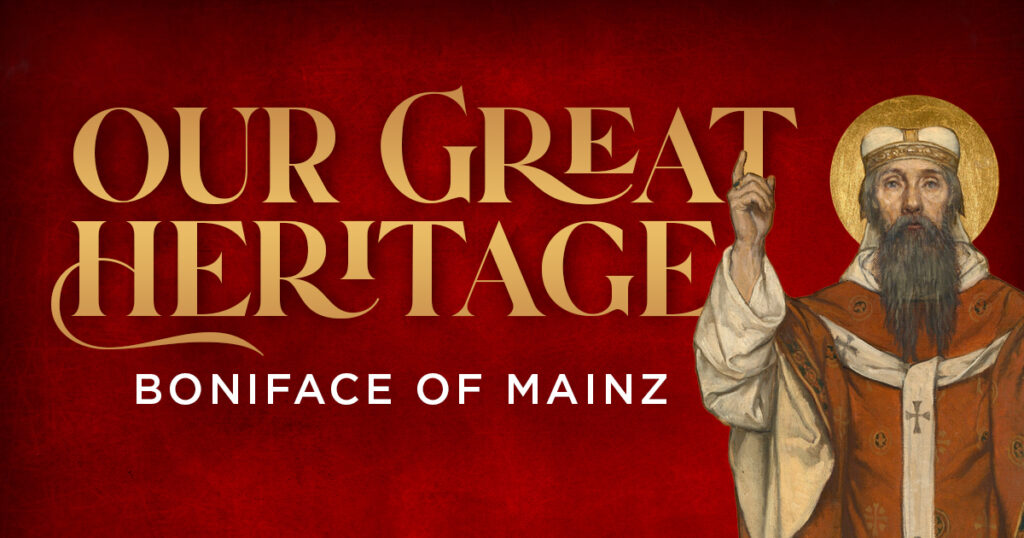
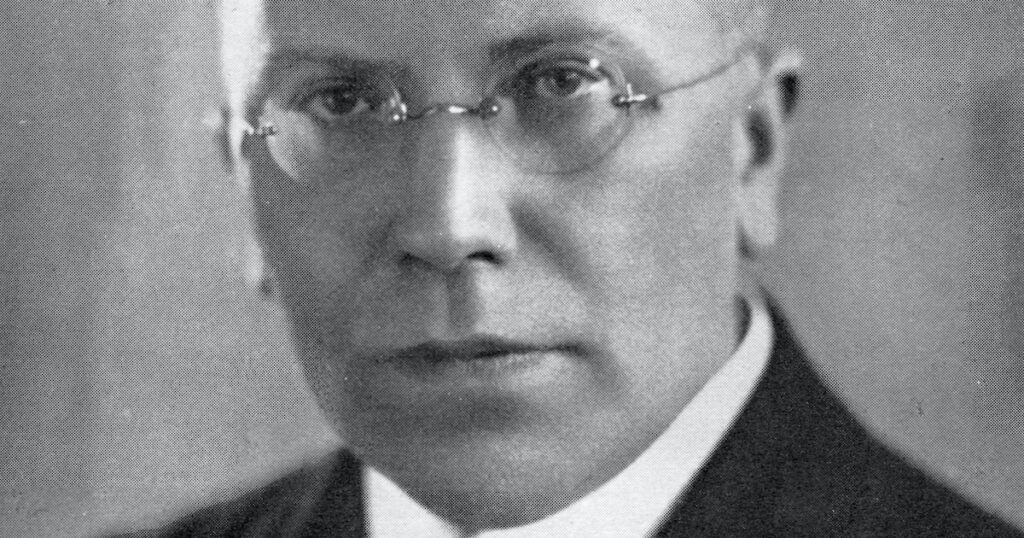
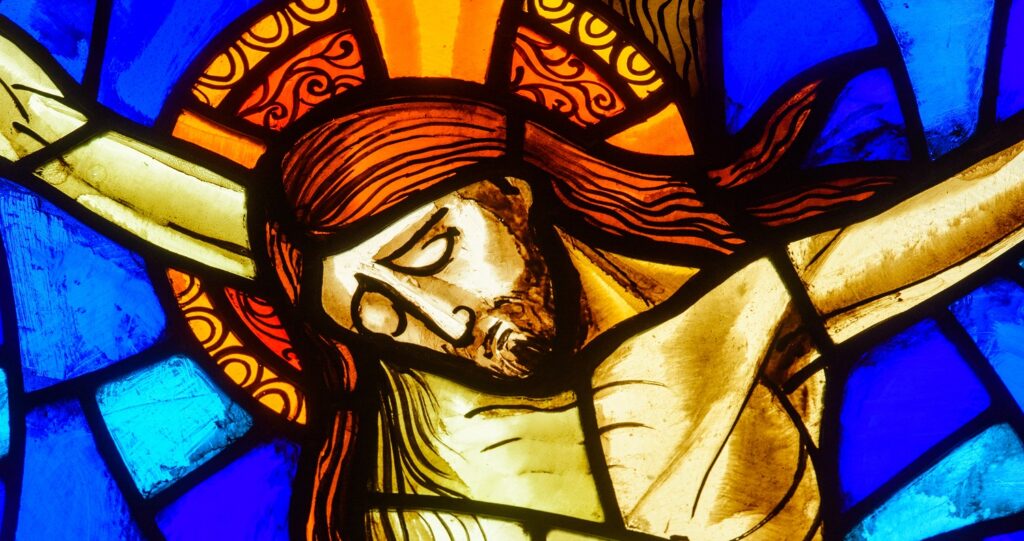
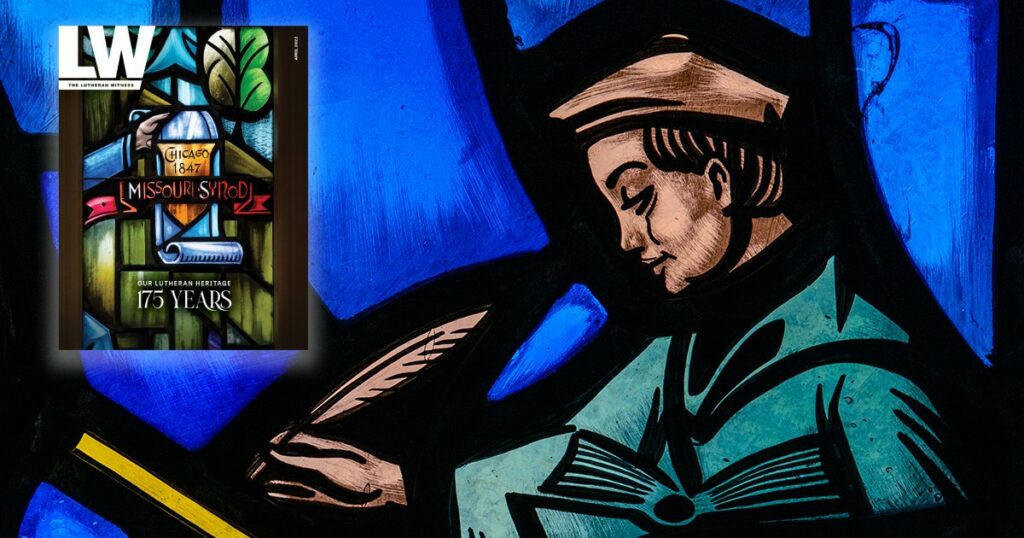
Mathew 7:21-23
21 o“Not everyone who says to me, ‘Lord, Lord,’ will enter the kingdom of heaven, but the one who does the will of my Father who is in heaven. 22 On that day many will say to me, ‘Lord, Lord, did we not prophesy in your name, and cast out demons in your name, and do many mighty works in your name?’ 23 And then will I declare to them, ‘I never knew you; depart from me, you workers of lawlessness.’
Wonderful story of the origins of our Christian faith in Germania. I love the story of SS Cyril and Methodius, saints to the Slavs, as the faith they brought to my ancestors resulted in me becoming one of God’s own saints!
I had not heard of this Saint before. It’s always great to learn about our Christian fathers who have finished the race!